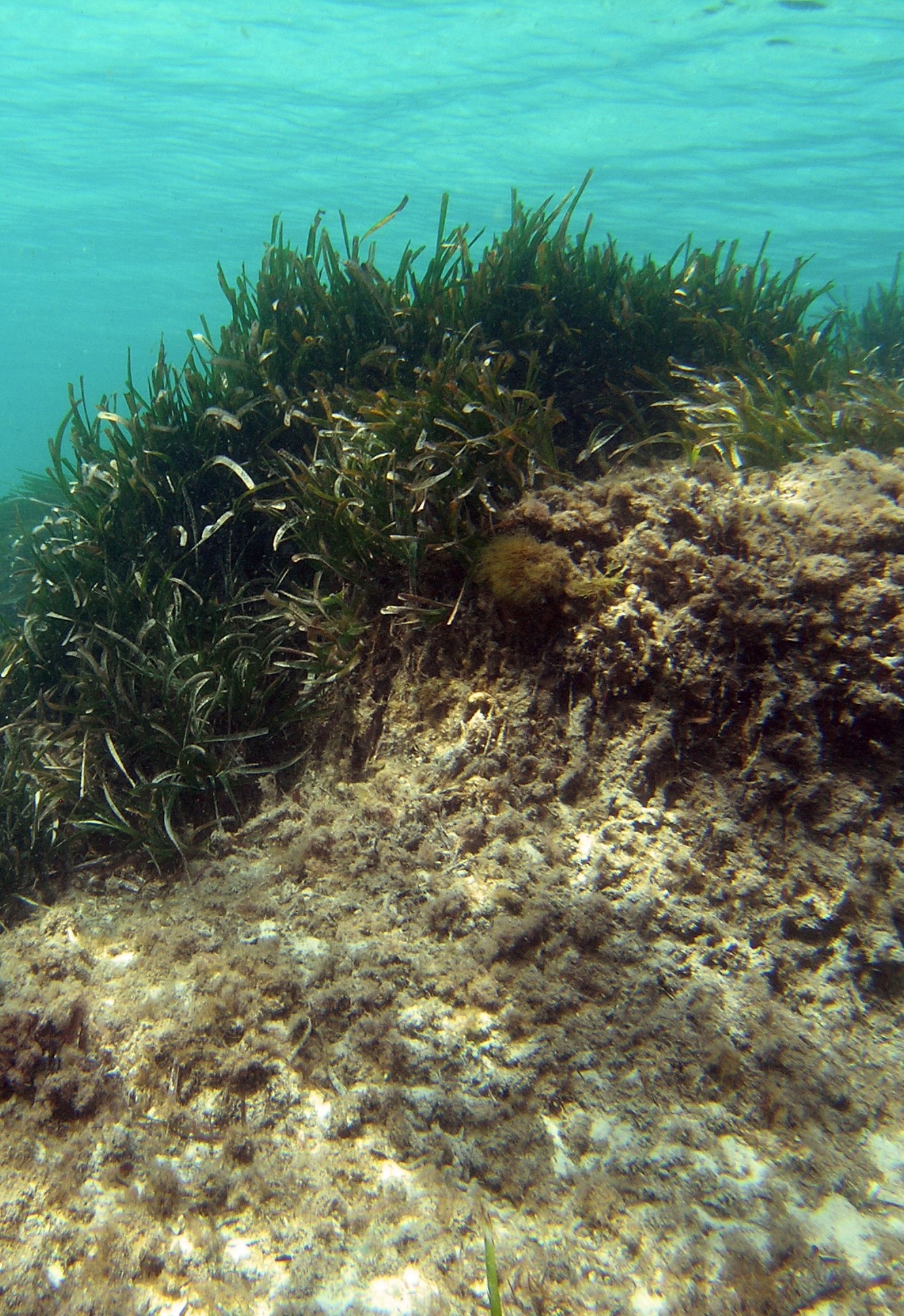Abstract
Coastal Blue Carbon ecosystems like seagrass meadows have a high capacity to sequester and store organic carbon in their sediments, and the protection and restoration of these ecosystems there by contribute as a Nature-based Solution (NbS), hand in hand with emission reductions, to reduce the pace of climate change. However, seagrass ecosystems are being lost due to human activities, disease and, in some regions, climate change, which may trigger the release of stored carbon into the atmosphere.
How global change-induced seagrass loss influences sedimentary carbon dynamics is still mnot fully understood. What is even less clear is whether seagrass loss may also result in tipping points, i.e., abrupt and difficult-to-reverse shifts, in carbon flux dynamics turning seagrass ecosystems from net carbon sinks to net carbon sources.
Here, we propose that conceptual mechanistic models of coupled ecological and biogeochemical dynamics can help to study the effects of major stressors on seagrass meadows and associated carbon fluxes. We then illustrate one case of such a conceptual model that focuses on changes in hydrodynamic stress that could be induced by climate change.
Our perspective highlights how a modeling approach for understanding the response of carbon fluxes in seagrass ecosystems to global change stressors may be useful in informing coastal seagrass management towards climate change mitigation actions.










